![[Fig.1] The Goerz-Anschutz Camera. Probably the first camera to be adopted by Press Photographers.](https://www.macfilos.com/wp-content/uploads/2017/04/5c53161db21e3_img.jpg)
In the early days of press photography the only easy way of printing was by the halftone process. Its first use was in December 1873 in the New York Daily Graphic but it did not come into regular use until the 1880s. The Daily Graphic became the first British paper to print a photograph, and by 1897 it became possible to reproduce halftone photographs on presses that were running at full speed. You will not be surprised to hear that I got those facts from the internet.
![[Fig.2] The Plate Single Lens Reflex Camera. The next was almost certainly the plate SLR.](https://www.macfilos.com/wp-content/uploads/2017/04/5c53161e52f7b_img.jpg)
But this article is about the kinds of cameras that the ‘Gentlemen of the Press’ used to take their images. The first camera that they adopted was the Goerz Anschutz [fig01] which had a high speed shutter, folded pretty flat and had a good lens. Probably the next was the plate single lens reflex camera. [fig02] The American ‘Graflex’ and the British Adams Reflex were about the first box-form SLR cameras to put the bellows on the outside of the camera which made them useful for close-up work, and they could also be used with telephoto lenses. W. Butcher and Son imported the ICA reflex which they rebadged as the Popular Pressman camera [fig03] but I doubt any pressmen actually used it for their work. But it does go to show that the plate SLR was popular with the pressmen.
![[Fig.3] Butcher’s cashed in on the plate SLR’s popularity with Press Photographers when they imported the ICA Reflex which they sold as the Popular Pressman.](https://www.macfilos.com/wp-content/uploads/2017/04/5c53161edd5de_img.jpg)
When the First World War came along, importation from Germany was no longer possible so the British firm Peeling and Van Neck offered the British Anschutz camera [fig04] which was a close copy of the German original but was fitted with British lenses. It first appeared in the 1920 edition of the BJA, which was published in 1919. By 1923 (1922) it had vanished from the advertising pages. But in 1932 they brought out the VN Press Camera [fig05] which was based on the earlier British Anschutz model. It was only available in the 12x9cm format. Around 1932 Soho Ltd. Brought out the Soho Press camera [fig06] with a focal plane shutter that was speeded up to 1/800th of a second. It was made in a number of formats up to 5×4. The shutter could be set from the outside on a single dial with just a short wind.
![[Fig.4] The British Anschutz. German cameras could not be imported in WW1. Peeling and Van Neck brought out the British Anschutz in 1919. It only lasted three years; by 1923 it was no longer listed.](https://www.macfilos.com/wp-content/uploads/2017/04/5c53161f57670_img.jpg)
Then the Leica came along. By 1932 the new system had a number of lenses of different focal lengths, all of which coupled to the built-in rangefinder. It had a number of devotees; the best known was Henri Cartier-Bresson. But by and large press photographers stuck to their plate cameras.
![[Fig.5] The VN Press Camera. Peeling and Vanneck used the experience they had gained with the British Anschutz when they launched the VN Press Camera in 1932.](https://www.macfilos.com/wp-content/uploads/2017/04/5c53162008b31_img.jpg)
This can be seen from a photograph of a group of Pressmen assembled on the deck of the Queen Mary [fig07] when it was going through its trials. This photograph, which was in a guard book of press cuttings, was given to a friend of mine when Sinclair was closing down. He worked as a medical photographer but they knew he was keen on photographic history. Sadly he had a problem with thicker than normal blood which first caused and a stroke and he died from a second one. His widow gave me the book for helping to find buyers for some of his collection.
![[Fig.6] The Soho Press Camera was also launched around 1932.](https://www.macfilos.com/wp-content/uploads/2017/04/5c5316207bd87_img.jpg)
If we look in detail at the cameras it looks as though at least one was using a Goerz Anschutz or maybe a VN Press Camera, they look very much alike, but it has been updated with a folding viewfinder of some kind, and one was using a Minimum-Palmos. Another is using a Contessa-Nettel Deckrullo Camera. The man on the far right also seems to be carrying a 35mm camera. The rest look as though they have been built specially or they have been boxed-in. One was using a flash bulb. So that sent me off on a search for pre-war cameras that could use flash bulbs.
![[Fig.7] Press Photographers aboard The Queen Mary on its trial trip, circa 1936. The cameras have been enlarged below to show more detail. Numbers 1-3 show the row standing at the back from left to right. Numbers 4-7 show the row kneeling from right to left. One is using a flash bulb. Click on the inividual images to see full size](https://www.macfilos.com/wp-content/uploads/2017/04/5c531621456d6_img.jpg)


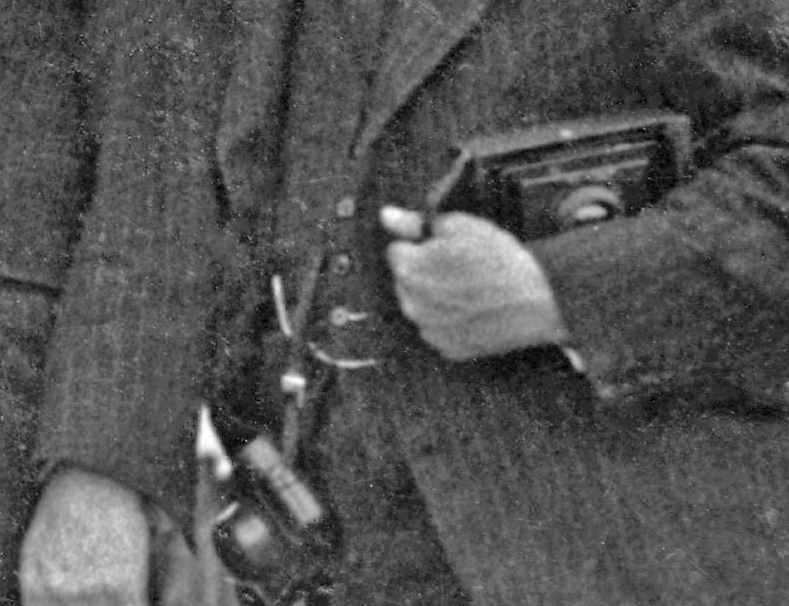



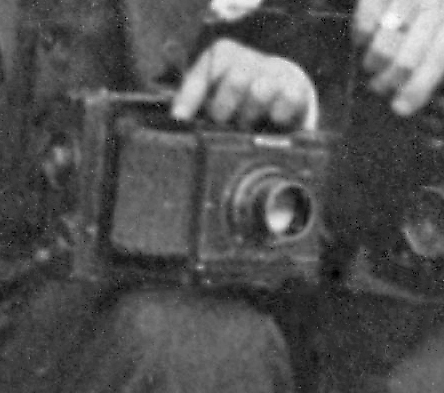
I found that you could use a synchroniser, but some cameras had the flash built-in. The earliest synchroniser I could find was the Kalart which was in the BJA for 1934 published in 1933. The ARKA [fig08, 09] appeared in the same year. By 1934 Roth was offering the Super Speed Press camera with built-in flash. The name was changed for the 1937 edition to the Roth Super Speed Focal Plane Camera. [fig10]
![Above: [Fig.8] ARKA flash bulb synchroniser introduced 1933. Below [Fig.9] Kalart flash bulb synchroniser also introduced about 1933.](https://www.macfilos.com/wp-content/uploads/2017/04/5c531624ca00e_img.jpg)
A camera that became a favourite with press photographers was the Speed Graphic that had both front and focal plane shutters. They started in 1912 but most date from much later. [fig11]
![[Fig.10] Roth Superspeed Press camera introduced in 1934. It was the first camera with built-in synchronisation for flash bulbs. It was expensive at £51-8s-0d with Meyer f/3 lens.](https://www.macfilos.com/wp-content/uploads/2017/04/5c53162589007_img.jpg)
![[Fig.11] Speed Graphic camera with the early Graflex Flash Synchronizer, consistingof a battery case, reflector, solenoid release attached to the lensboard, and connection cord (for use with shutters without built-in synchronization). For this to work the solenoid needs very accurate positioning.](https://www.macfilos.com/wp-content/uploads/2017/04/5c5316261eae3_img.jpg)
After WW2 importation from America and Germany was not possible and this led to the development of a number of British press cameras. Probably the best known was the VN, which had first appeared in 1932 and which came in the 9x12cm format only. [fig12] Mine, a post-war version, is equipped with both tele and wide angle lenses with frame finders to match.
![[Fig.12] VN Camera.](https://www.macfilos.com/wp-content/uploads/2017/04/5c531626e0177_img.jpg)
For a short time VN also made a baseboard Press Camera which had a very handy lever for operating the focusing. The MPP Micropress was another which followed the pattern set by the Speed Graphic in having front and back shutters. [fig13] MPP made a dedicated flash gun to go with it which used flash bulbs. It came only in the 5×4 format. Less well known is Dawe’s Universal Camera, which was fitted with an electrical release that triggered a solenoid release. [fig14] It had a coupled rangefinder and a Ross Xpres lens in a Synchro-Compur shutter. Mine is in a terrible condition and no longer works. It first saw the light of day in around 1950.
![[Fig.13] MPP Micropress Camera with Xenar f/4.5 150mm lens and spring back for 5x4 plates, introduced in 1951.](https://www.macfilos.com/wp-content/uploads/2017/04/5c5316278e515_img.jpg)
Dawes also made the Electronic Press Camera in 1950 [fig15] which was fitted, as its name suggests, with an electronic flash gun. It predates the Voigtländer Vitrona by many years. Another camera which, according to the review in the 1956 BJA, was hoped by the manufacturers to be suitable for press photography was the Peckham-Wray camera [fig16] which had been designed by Cyril Peckham for air to air photography, a design that Wray later commercialised. It has all the things that a press photographer could need like a 5×4 spring back, a focal plane shutter speeded to 1/000 second and a Synchro-Compur front shutter for flash photography. But it was very awkward to use.
![Above: [Fig.14] Dawe](https://www.macfilos.com/wp-content/uploads/2017/04/5c5316284ef67_img.jpg)
But, in time, plates had had their day. For a while press photographers went everywhere with their Rolleiflexes and they, in turn, gave way to the 35mm SLR typified by the Nikon F camera. One camera that used film was the Mamiya Press camera of 1960. [fig17] It could take interchangeable lenses that coupled to a rangefinder and roll film backs that locked into place. The original camera was fitted with a tilting back that gave up to a 15 degree tilt. Mine came in a fitted case with spaces for the extra lenses and the film back. The maximum negative size was 6x9cm.
![[Fig.16] Peckham-Wray Camera](https://www.macfilos.com/wp-content/uploads/2017/04/5c5316294d7e5_img.jpg)
![[Fig.17] Mamiya Press Outfit in fitted case.](https://www.macfilos.com/wp-content/uploads/2017/04/5c531629b5df5_img.jpg)
One camera that came my way was a black Canon 6L camera that had belonged to a press photographer. [fig18] It was fitted with a 28mm f/2.8 lens and matching viewfinder. I tried it out one morning in Club Row, which was then a thriving East London junk market. I spotted two men who were selling government surplus clothing. I pulled out the camera from beneath my jacket when one of them said ‘look at that old black Canon’ followed by ‘does it work’ I took a picture and went to have a chat with them to show them the camera. The picture came out very well so the next time I went up there I gave them both copies of the photograph.
![[Fig.18] Black Canon 6L camera with 28mm f/2.8 lens and viewfinder.](https://www.macfilos.com/wp-content/uploads/2017/04/5c53162a3f70b_img.jpg)
Another camera that came my way, through the good offices of David Balfour, was a camera that had been used by a once famous press photographer, W. G. Vanderson. He was the man who took the famous picture of Chamberlain waving his piece of paper after he had returned from his meeting with Adolf Hitler. The family wanted it to go to a good home and I was delighted to have it. It is a modified TP reflex mounted on a long baseboard to house the 400mm f/4.5 Tessar lens. It is fitted with a plaque saying ‘Fox Photos’ the agency for whom he worked. [fig19]
![[Fig.19] Modified TP Reflex camera once used by W.G. Vanderson and with a plaque for ‘Fox Photos’ with 400mm f/4.5 Tessar lens. Vanderson is remembered for his historic](https://www.macfilos.com/wp-content/uploads/2017/04/5c53162ad068e_img.jpg)
_______________
- Subscribe to Macfilos for free updates on articles as they are published
- Want to make a comment on this article but having problems?
- This article appeared originally in Photographic World, journal of the Photographic Collectors Club of Great Britain.
- Visit Britain’s largest camera fair, Photographica, which takes place in the Horticultural Hall, Vincent Square, London SW1, on Sunday, 21 May 2017

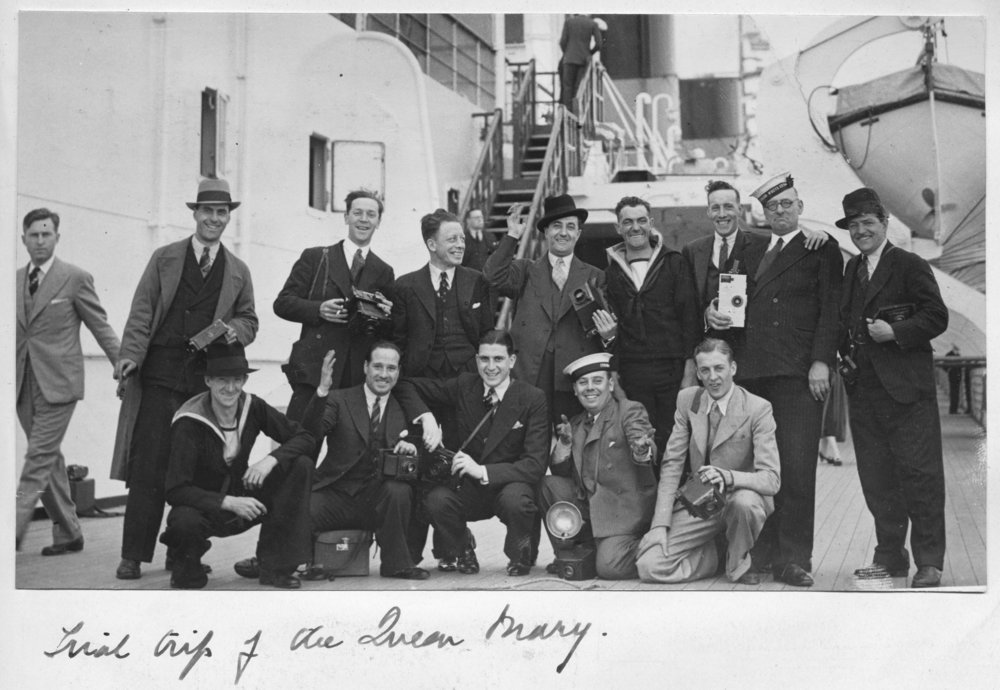
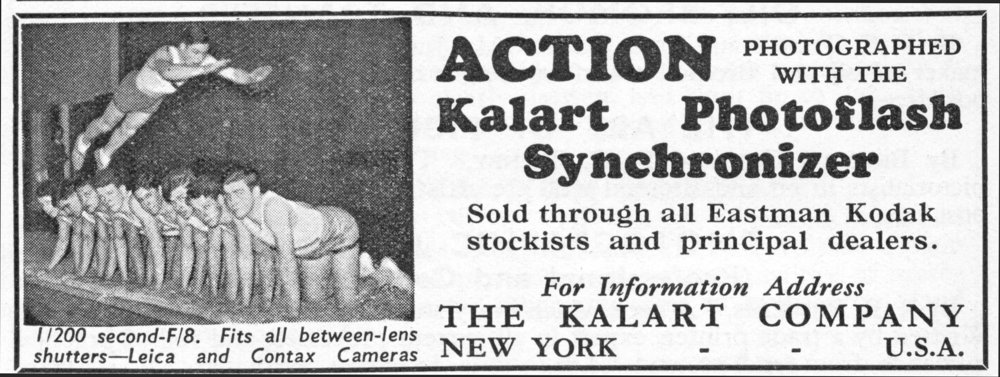
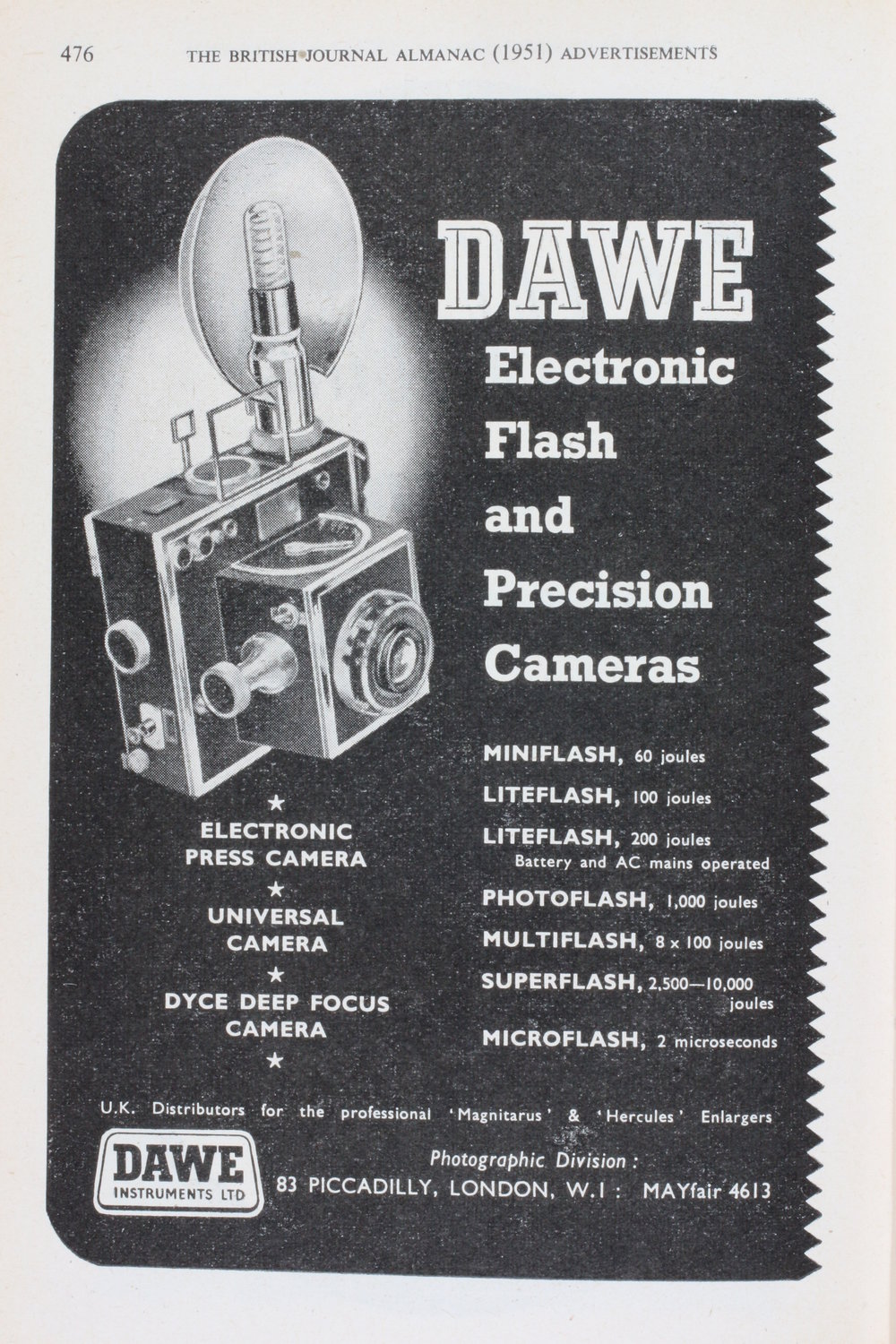
Hi
I’m trying to find out what equipment a French press photographer would have used in 1929 – any ideas?
William Fagan might be able to answer this. My first thought is that it would probably have been much the same as an English or American press man, but I really don’t know.
The camera shown in Figure 2 is a Graflex RB Auto. The RB (visible on the name plate attached to the hood) stands for Revolving Back. The curve at the front of the top (top of the front?) is characteristic of this model, which has a double extension bellows that allows closeup work.
I started working for a picture agency during the early 1950’s when virtually every UK agency and newspaper were using the Pre baseboard VN almost exclusively, not least because it was so easy to pop up to VN’s service and repair department in Mornington Crescent just behind London’s Kings Cross station, but those o9f us who had to buy our own cameras more often than not lusted after a American made Speed Graphic, and they in turn were becoming increasingly available as more ex WD cameras were being sold off as the many US army and Air bases in the UK gradually got closed down.
This is how I came by my 5 x 4 Speed Graphic somewhere around 1955 and I also bought a truly brilliant ‘Baby’ Speed Graphic (2 1/4 x 3 1/4") soon after which I could use with roll film backs as well as with plates or cut film and this is the camera I still have it today, though when I joined IPC Magazines (Associated Illiffe Press Ltd then) I was issued with a baseboard VN which I had to use instead, and believe me it was a dog to use compared to a Graphic.
The MPP Micro Press was far too heavy and never really caught on, certainly not in Fleet St where I had moved over too by 1963/4, neither did such as the Mamiya Press as the twin lens Rollei’s were taking over by then, and although most people seem to think we all then switched to Nikon it was in fact Pentax who initially ruled in the UK Press’s very gradual move over to 35mm and such as The Guardian where I then worked as a photographer/picture editor were still using Pentax Spotmatic’s when I finally left back in 1970/71
A few of us also managed to buy our own Leica’s, but this was very much frowned on by most of our colleagues as they were worried they might have to dig deep into their own pockets too, and I also bought a Canon V1-T and the 50mm f1.2 and 50mm f.095 lenses which I used mostly for covering night football matches at such as Wembley, and yes I too eventually went Nikon but the Nikon motor drives proved to be far too unreliable and hence I switched next to Olympus OM1, then OM2’s and finally to Canon after all of my Olympus gear was stolen at the Montreal Olympic’s, but that is another story.
To conclude. I will one day get my beloved Speed Graphic out and use it again, not least as nothing used since has equaled its lenses fantastic definition. Anyway thanks Bob & All for reviving what for me are great first hand memories. Don.
Bob…what a wonderful trip down memory lane, great research. I write in my book, ‘…and then the Prime Minister hit me…’ about Willie Vanderson ( Mr Zoo ) and his tales of small cameras being inserted where the sun don’t shine as a POW…I remember as a young messenger at FOX PHOTOS in the late 1960’s listening to Van and others discussing their great feats of derring-do…I aslo write about using a Speed Graphic covering the IRA bombing at Old Scotland Yard….my ‘press’ kit was a pair of Haselblads with a set of lenses up to 250mm, a pair of Mamiyas with all the lenses, a Zenith 300mm sniperscope….and my own Nikons !…happy days,
Thanks Bob for the wonderful article. That is a lovely collection of press cameras. I am an inveterate collector and you are really tempting me to go in a new direction. It is interesting how larger formats, the film version of more megapixels, survived for so long after 35mm was introduced. It was not until the Nikon F came along in the late 50s and early 60s that the press move to 35mm started in earnest. Even then, Rolleiflex cameras and others with a larger than 35mm format survived for quite a few years as a means of giving picture editors the quality they wanted.
I am fascinated by the Arka and Kalart flash units which are mentioned above. Between the lens shutters such as the Compur type presumably worked off a cable attached to the shutter mechanism and there was no great restriction on sync speeds. With focal plane shutters such as those on Leica and Contax cameras sync speed became more of an issue. In his book on Leica accessories Jim Lager shows a flash unit for Leica from 1934 made by a Dr Weber which does not operate through a sync socket but rather through a device like a remote control which fits on top of the shutter button. It resembles what is shown on the right hand side of the Arka advertisement above. There was also an early Leica device called the VACUB with a similar set up.
A friend of mine in Dublin has a black paint Canon 6 which is nicer than any black paint Leica M3 or M 2 that I have seen. I would definitely make him an offer if he was ever going to sell it.
What really makes old cameras come to life are the stories that come with them like that of the group of press photographers on the Queen Mary. The photo above really brings that era of press photography to life.
William